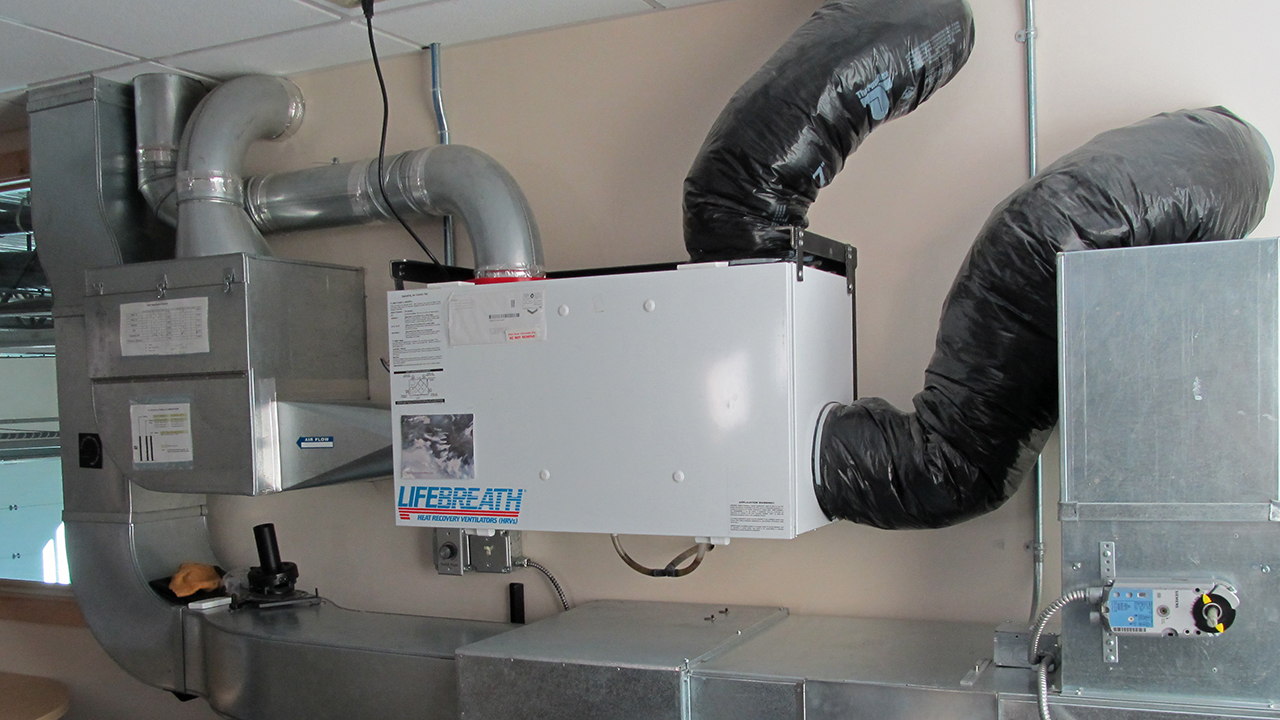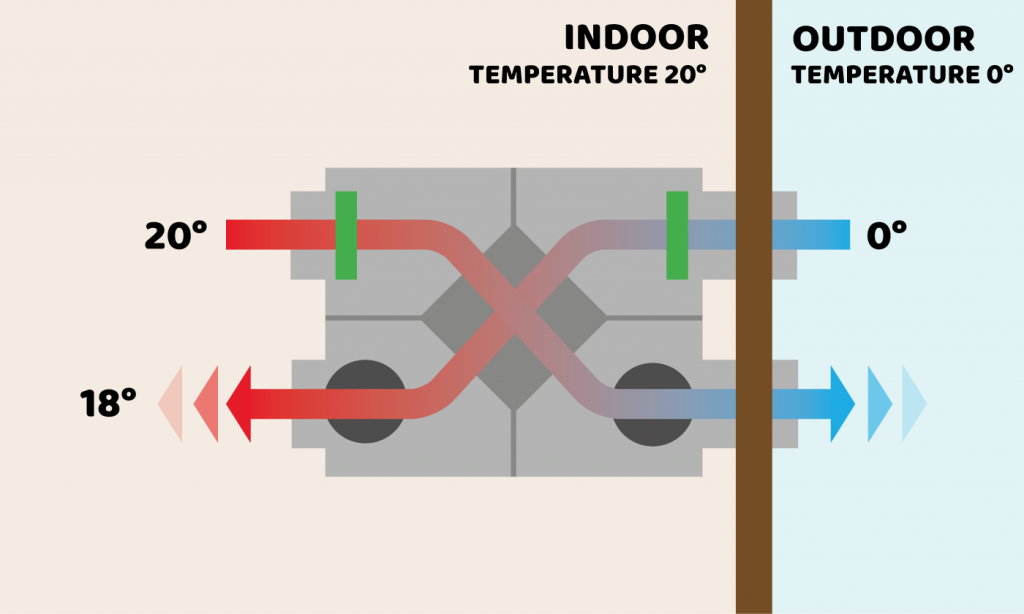Top Strategies to Clean Your HRV System
Wiki Article
Discovering the Perks of Heat Recovery Ventilation for Energy Effectiveness in Homes
Heat Recovery Ventilation (HRV) systems offer property owners a functional technique to enhancing power efficiency. By reclaiming warm from outward bound air, these systems can substantially reduce heating and air conditioning costs. In addition, they provide a stable supply of fresh air, improving interior air high quality and convenience levels. As property owners think about lasting alternatives, comprehending the nuances of HRV systems ends up being progressively essential. What factors should one evaluate prior to making such a financial investment?Understanding Heat Recovery Ventilation Equipments

How HRV Enhances Indoor Air Quality

Power Financial Savings: The Financial Benefits of HRV
Taking full advantage of power effectiveness, heat recovery ventilation (HRV) systems use significant monetary benefits for house owners. By recovering and reusing warmth from exhaust air, HRVs significantly decrease heating and air conditioning expenses. This innovation can cause energy financial savings of up to 30%, relying on climate and usage patterns. Home owners commonly discover reduced utility costs quickly after installation, making HRVs a monetarily wise check my reference investment gradually. Additionally, many areas provide incentives or rebates for energy-efficient upgrades, additionally enhancing the monetary charm. As power rates continue to increase, the cost-effectiveness of HRVs ends up being progressively clear. In general, the consolidation of HRV systems not only advertises power efficiency but additionally adds to lasting financial savings for homes.The Environmental Effect of Heat Recovery Ventilation
A considerable ecological advantage of heat recovery ventilation (HRV) systems hinges on their capacity to reduce total power intake. By recovering heat from exhaust air and moving it to incoming fresh air, HRV systems decrease the need for energy-intensive home heating and cooling down methods. This reduction in energy need adds to decrease greenhouse gas discharges, as much less nonrenewable fuel source is needed to preserve comfortable interior temperatures. Furthermore, HRV systems enhance indoor air high quality by successfully exchanging stagnant air with fresh outdoor air, minimizing dependence on mechanical cooling systems that can harm the environment. In general, the implementation of HRV systems sustains sustainable living techniques and aligns with global initiatives to deal with environment adjustment by advertising power from this source performance in household setups.
Selecting the Right HRV System for Your Home
Exactly how can home owners ensure they select the appropriate heat recovery ventilation (HRV) system for their requirements? First, they must examine their home's dimension and design, as these factors affect air movement demands. Next off, assessing the system's efficiency ratings is vital, as higher ratings indicate far better efficiency and energy cost savings. House owners need to additionally take into consideration installation and maintenance costs, comparing different brand names and versions for worth. Furthermore, it is very important to review noise levels, as some systems run more silently than others. Consulting with HVAC specialists can supply customized suggestions based on details home conditions. Finally, taking a look at individual testimonials and guarantees can assist in making an educated choice, making sure that the chosen HRV system successfully improves indoor air quality and power efficiency.Often Asked Concerns

How Usually Should I Clean or Maintain My HRV System?
The regularity of cleaning or keeping a warm recovery air flow (HRV) system normally depends on use and environmental factors. Generally, it is recommended to carry out upkeep every site web 6 months to assure peak performance and air top quality.
Can HRV Solutions Help In Reducing Humidity Degrees Inside?
HRV systems can properly decrease interior humidity degrees by trading stale, humid air with fresh, drier air from outside. HRV Heat Recovery Ventilation. This process helps keep a balanced interior setting, boosting convenience and stopping moisture-related concerns
What Is the Lifespan of a Common HRV System?
The life expectancy of a typical heat recovery ventilation (HRV) system differs, usually lasting between 10 to 15 years. Routine maintenance can expand its performance and operational life, making certain peak performance throughout its usage period.Are There Any Type Of Sound Problems With HRV Systems?
Sound interest in HRV systems can occur, specifically from fan operation. Nonetheless, lots of contemporary units are made to lessen audio degrees, guaranteeing they operate silently while preserving effectiveness, which resolves prospective disturbances in living environments.Can I Install an HRV System Myself, or Do I Required a Specialist?
The private contemplated whether to set up the heat recovery ventilation (HRV) system personally or work with a specialist. Usually, while do it yourself installment is possible, proficiency warranties appropriate functionality and compliance with neighborhood building ordinance, boosting system performance.Report this wiki page